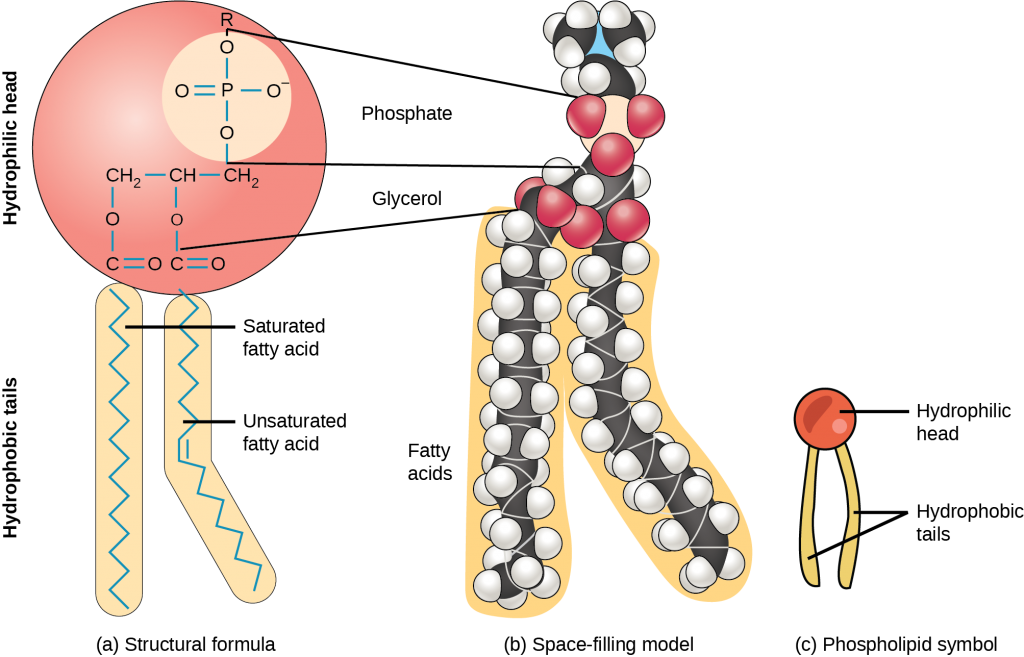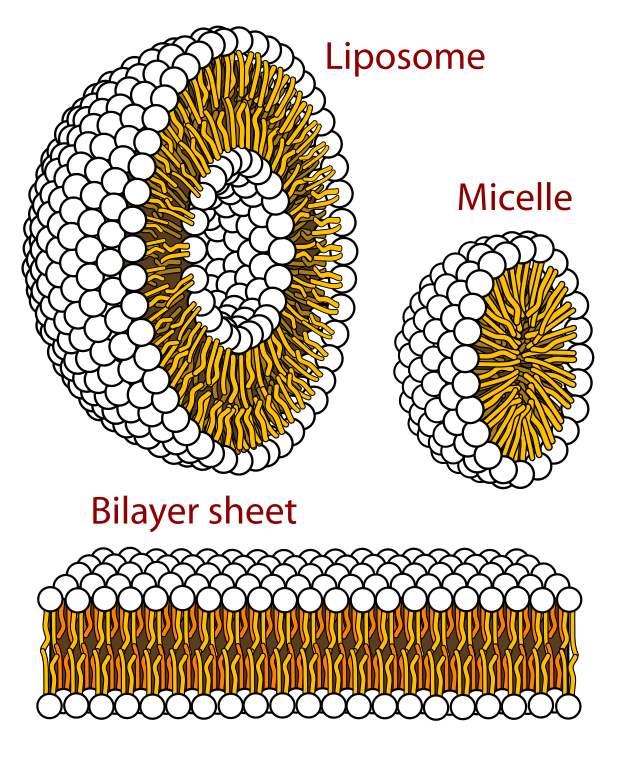What could possibly unite lipids in a cell membrane and parallel universes? If you think of natural selection as the persistence of a system over time, you can extract this pattern of thinking and apply it to the fundamental physical phenomena as well.
Let’s do some disambiguation first!
One should pay special attention to phrasing and semantics when talking about abstract terms. Otherwise, not only the clarity of the information is hindered, but also the way one’s brain handles that information is affected. For example, there is a subtle perceptual difference between the terms “natural selection” and “persistence of a system”. Both refer to the same process in the context of evolution, namely system change (variation and adaptation), survival, and reproduction. However when phrased as “natural selection” (as in “nature selects”), the underlying mechanics of the process are not perceived in due proportion (although you can easily reason them through with additional cognitive effort). On the other hand, when you think of natural selection as the “persistence of a system”, the vector of your thoughts is pointed in a more fruitful direction. For example, the word “persistence” has an in-built notion of continuity over time, while “selection” invokes an association with discrete events. An even more valuable difference lies in the degree of abstraction of these two terms. When natural selection is viewed as the persistence of a system over time, it no longer only applies to the living things, but can lead you to extrapolate it further to simple chemical and physical systems as well. Thus elegantly bridging evolution and abiogenesis (the study of of how living things were formed by non-living things and spontaneous processes – the origin of life).
How can system persistence be applied to formation of living from non-living? Consider the spontaneous formation of liposome structures by phospholipids as an example. Simple liposomes can be formed spontaneously, and they are the early examples of cell membranes, like the ones your body consists of. Think of phospholipids (Fig. 1) as constituted by the two main parts: a hydrophilic head and two hydrophobic tails. This property of only one part of the molecule feeling the attractive forces of water molecules is a result of the molecular structure of phospholipids and is driven by the laws of physical chemistry (no life here yet). Phospholipids like to bundle together in a particular configuration, so as to increase the exposure of their hydrophylic parts to water, and decrease the exposure of their hydrophobic parts from water. The most optimal structure that accomplishes this in the case of their molecular geometry is a formation of a bilayer sheet and its subsequent closure into a spherical membrane (Fig. 2). This is fascinating because it extremely closely resembles a living cell’s membrane! Thus it can be hypothesized that this kinds of structures persisted over time, they trapped a variety of different molecules inside, and provided a shielded environment for other reactions to occur within them, and persist further in time. Over lengthy periods, these structures grew in complexity and formed very simple living single cell mechanisms (life starts here).

Source: Biology 2e. Provided by: OpenStax. Located at: https://openstax.org/details/books/biology-2e

Source: Biology 2e. Provided by: OpenStax. Located at: https://openstax.org/details/books/biology-2e
A simple re-thinking of natural selection allowed our perception to extrapolate it to the non-living things. This happened because any specific formulation of an idea comes with the default ways our brain tends to process them. To really emphasize how powerful this effect of cognitive inertia is, I will share an example of how I applied this pattern of thinking about the persistence of a system to the laws of physics. I hope this will be an interesting sample point to you, so that you could also adapt this approach, and account for this cognitive property in your thinking.
If you study Physics with the due admiration of this discipline, you will be perplexed by the laws governing our reality and the mysterious origin of these laws. I was always fascinated by how a set of these laws makes everything around us and inside us possible, and everything just works out into this ensemble of Reality. When reasoning in the privacy of my own head, I allow myself all sorts of cognitive liberties, so I thought of a thought experiment. I would attempt to take one law at a time, or just one parameter or a property, try to change it, and watch everything collapse try to imagine how it affects everything else. Unfortunately, it is impossible to imagine this because it goes against ALL your experience. Nonetheless it is a very interesting direction of thought! Allow yourself some cognitive liberties as well, and suppose that there is an array of other space-times (universes) inert from ours. Each of these universes has variations in the physical properties governing that universe like the shades on a black and white spectrum. If we think of these universes in terms of their stability or persistence over time, some physical variations might be inherently unstable and collapse right away, some might be completely still and liveless. Some lucky combination of these properties might be stable enough to persist, and cause Time for us to be born in it and perceive it. This is something that has a similar feel as the effect of formation of liposomes caused by natural properties of the molecules, but in this case, our Reality is formed as a natural property of the Physics our universe happens to have.
I thought I came up with some fringe reasoning when I first thought of this, but it turned out that people have been writing books about this and this line of thought is called the antropic principle. I then attempted to read Brian Greene’s “The Hidden Reality: Parallel Universes and the Deep Laws of the Cosmos”, but because I lack such a granular understanding of physics, I abandoned the book. Dr. Greene does a great job in explaining complex physics in a more easily comprehensible form, but I felt uncomfortable reading about physics without following the math. There is a major difference between my thought experiment and Dr. Greene’s much more informed hypothesis though. He states that his version of multiverse is a conclusion based on our physical laws and thus the supposed other universes have the same laws but might manifest different environments. I will read something on abiogenesis for now and maybe return to this book in the future when I feel ready : )
As it turns out the idea of natural selection being a special case of system persistence is not new as well. Lotka’s 1922 paper titled “Natural Selection as a Physical Principle” reasons that natural selection can be referred to as “persistence of stable forms” and can be thought of as an extension of the laws of thermodynamics. Fregr and Toman’s “Stability-based sorting: The forgotten process behind (not only) biological evolution” is not only a great overview of the previous literature on this topic, but also states that natural selection’s temporal manifestation can be thought of Stability-Based Sorting (SBS) and applies not only to biotic systems.
Bibliography:
Green, Brian. “The Hidden Reality: Parallel Universes and the Deep Laws of the Cosmos.” pub.: Vintage (2011).
Lotka, A J. “Natural Selection as a Physical Principle.” Proceedings of the National Academy of Sciences of the United States of America vol. 8,6 (1922): 151-4. doi:10.1073/pnas.8.6.151
Flegr, J., Toman J. “Stability-based sorting: The forgotten process behind (not only) biological evolution.” Journal of Theoretical Biology. doi:10.1016/j.jtbi.2017.09.004


